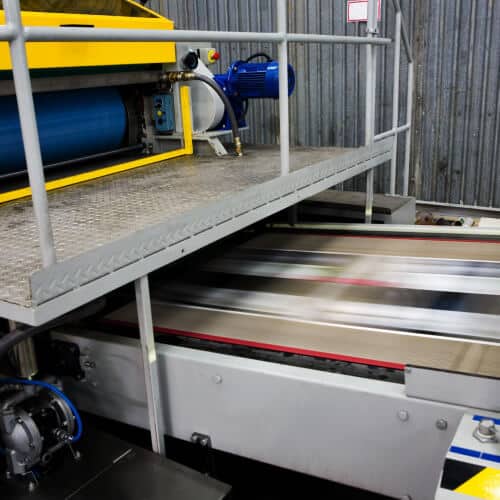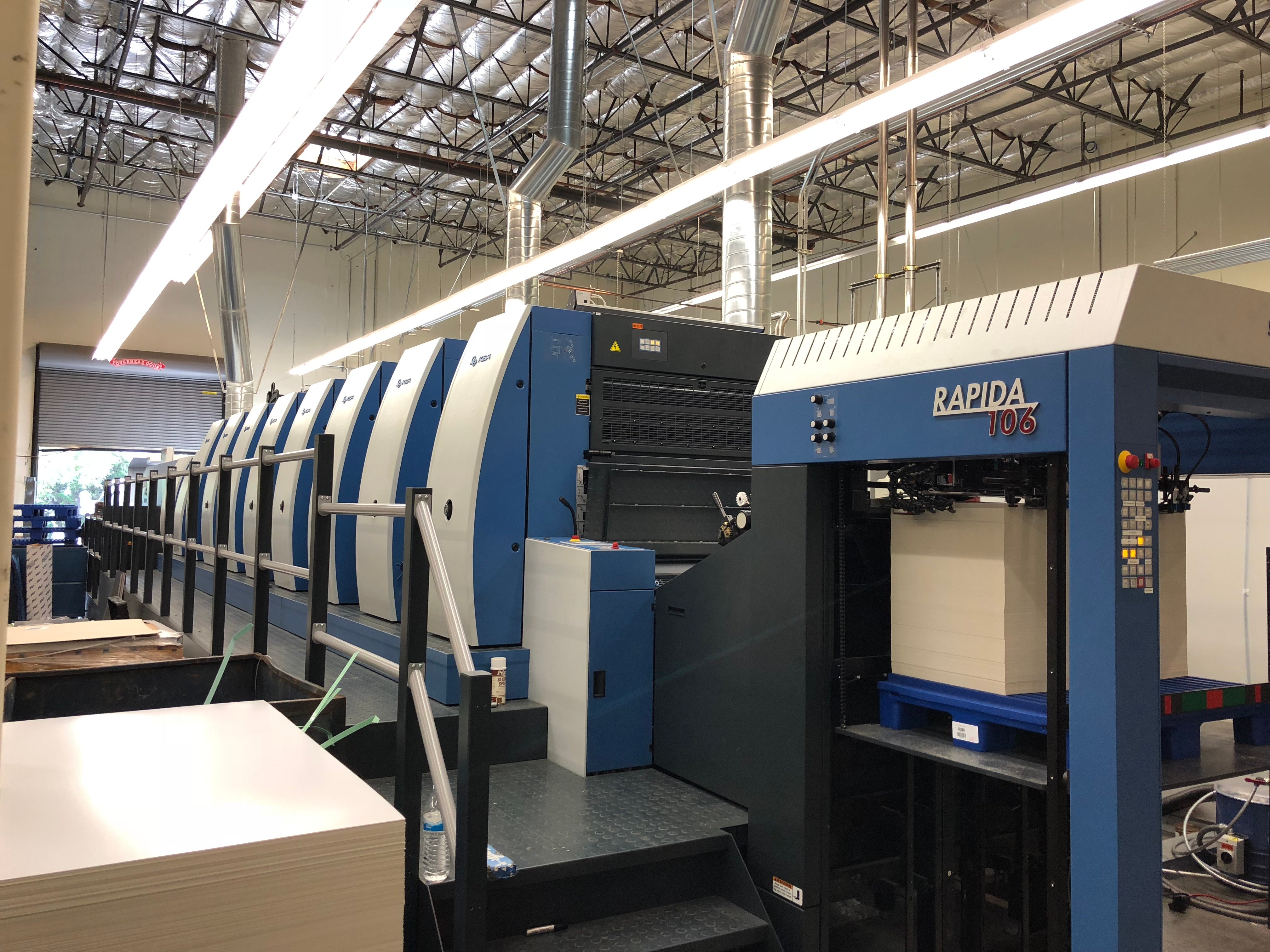Premium litho printing Services for Exceptional Results
Premium litho printing Services for Exceptional Results
Blog Article
A Comprehensive Overview to Recognizing Litho Printing Methods
The globe of litho printing, a technique originating from the late 18th century, is a fascinating mix of background, scientific research, art and development. This thorough guide will certainly unwind the complexities of this printing method, from the composition of litho inks to the challenges encountered in modern applications. As we venture into the complexities of lithography, the value of automation and sustainability in ensuring its future relevance comes to be progressively clear. Remain with us as we trip right into the fascinating realm of litho printing.
The Historical Advancement of Litho Printing
The historic trajectory of litho printing, a crucial innovation in the realm of communication, is a captivating tale of human ingenuity. Birthed in the late 18th century by Alois Senefelder, this strategy was originally a cost-effective technique of publishing staged works. Lithography, originated from the Greek words for 'rock' and 'to write', utilized a smooth stone surface area to move pictures onto paper. The procedure progressed with the arrival of the rotary press, which substantially increased efficiency (litho printing). In the 20th century, the advancement of countered lithography reinvented the industry, enabling for automation of high-grade prints. Each stage of litho printing's advancement showcases mankind's unrelenting search of effectiveness and high quality in aesthetic communication.
Deciphering the Science Behind Litho Printing Inks
Moving on in the exploration of litho printing techniques, the focus now changes to the science behind litho printing inks. The structure of these inks, their drying process, and shade mixing methods develop the foundation of this complex art form. Comprehending these aspects is essential to mastering the craft and achieving the wanted print results.
Make-up of Litho Inks
In lithographic printing, the basic function of litho inks can not be overstated. The composition of litho inks differs depending on its purpose, yet usually, they are composed of two major elements - vehicles and pigments. Pigments, the color-providing aspects, are finely ground fragments suspended in the vehicle, a fluid that brings the pigment onto the printing surface area. The car is a complicated combination of oils, materials, and solvents, which affect the ink's drying time, attachment, and gloss. In addition, numerous additives exist to boost certain buildings like flow, drying, and resistance to ecological impacts. Each component plays a crucial component in the last print's high quality, making the exact solution of litho inks a detailed scientific research.
Ink Drying Process
From the composition of litho inks, focus transforms to the fascinating process of ink drying out. Two key techniques are made use of in litho printing: oxidative drying out and absorption. Absorption, on the other hand, involves the ink permeating into the paper fibers, which is a faster process however can lead to less vibrant shades.
Shade Combining Techniques
While the drying procedure plays a crucial function in litho printing, the science of color blending strategies holds equivalent importance. This is an intricate procedure that involves the mindful mixing of primary colors: cyan, magenta, and yellow, in varying proportions to accomplish a vast variety of hues. The enhancement of black ink, called 'key', helps in controling the strength and deepness of the colors. The scientific research behind litho printing inks likewise takes into consideration the transparency of the ink, which impacts how colors overlay and mix. To accomplish a reliable shade mix, print experts have to additionally recognize the details of ink actions, color theory, and the physical residential properties of the substrate on which the ink is used.
The Art and Layout Elements in Litho Printing
Litho printing breathes life right into art and style with its one-of-a-kind components. The procedure entails producing a picture on a lithographic sedimentary rock plate or steel plate with a smooth surface area. The photo is then printed onto a medium, normally paper, by transferring the ink from home plate. What collections litho printing apart is its capacity to duplicate detailed layouts with high integrity, making the output practically similar to the original art work. This is attained via using different line techniques such as hatching, stippling, and cross-hatching, which permit an array of tonal results. Additionally, litho printing fits a range of shades, enabling artists to create lively and dynamic prints. This combination of precision and flexibility makes litho printing a recommended choice for lots of musicians and designers.
Modern Applications of Litho Printing Methods
Litho printing methods have located substantial use in the contemporary commercial industry. Its influence and value continue to expand with the introduction of brand-new technologies and technologies in the field. This section will explore these modern applications and the transformative role they play in the printing market.
Commercial Litho Printing Makes Use Of
Litho printing stays an important part of the industrial market. High-volume printing jobs, such as the manufacturing of publications, newspapers, and packaging, depend on litho printing for its capability to supply superior photo quality and cost efficiency. Litho printing additionally gives a broad color spectrum, superior to that of electronic printing.
Innovations in Litho Printing
Pressing the boundaries of traditional strategies, modern-day innovations have fueled a host of advancements in litho printing. These developments have not only enhanced the quality and performance of litho prints however likewise broadened its application scope. One prominent development is digital litho printing, which combines the virtues of digital technology with litho's high-grade output. This hybrid model supplies faster setup times, browse around these guys minimized waste, and makes it possible for on-demand printing. Another remarkable development is the introduction of environmentally pleasant inks. These inks, made from veggie or soy-based remedies, have dramatically lowered the sector's ecological impact. litho printing. In addition, the advancement of innovative plate technology has streamlined the printing process, causing sharper pictures and enhanced shade integrity. These advancements highlight the long-lasting importance of litho printing in the modern-day world.
Checking out the Refine of Litho Printing: Detailed

Difficulties and Solutions in Contemporary Litho Printing

In spite of the accuracy and practice that litho printing proudly supports, it is not without its collection of modern obstacles. One of the most widespread concerns consist of the high preliminary setup price, difficulty in printing variable data, and ecological worries due to chemical usage. Options are emerging as technology progresses. Digital litho printing permits affordable short runs and simple personalization, dealing with the concern of variable information. Environmentally-friendly inks and more secure plate-making processes minimize ecological issues. Additionally, innovations in automation have lowered labor prices, further democratizing the lithography procedure. Hence, while there are difficulties, the litho printing market is proactively adjusting to meet them head-on, ensuring its relevance in the future.
Final thought
To conclude, litho printing, with its abundant background and clinical complexities, holds a considerable location in the print market. As the overview discloses, it's a synthesis of art and innovation, with contemporary improvements ensuring its significance. The sector deals with difficulties that need ingenious solutions, with a focus on automation and sustainability. The future about his of litho printing depends upon its ability to adapt to these changing demands, attesting its enduring worth in a developing market.

Report this page